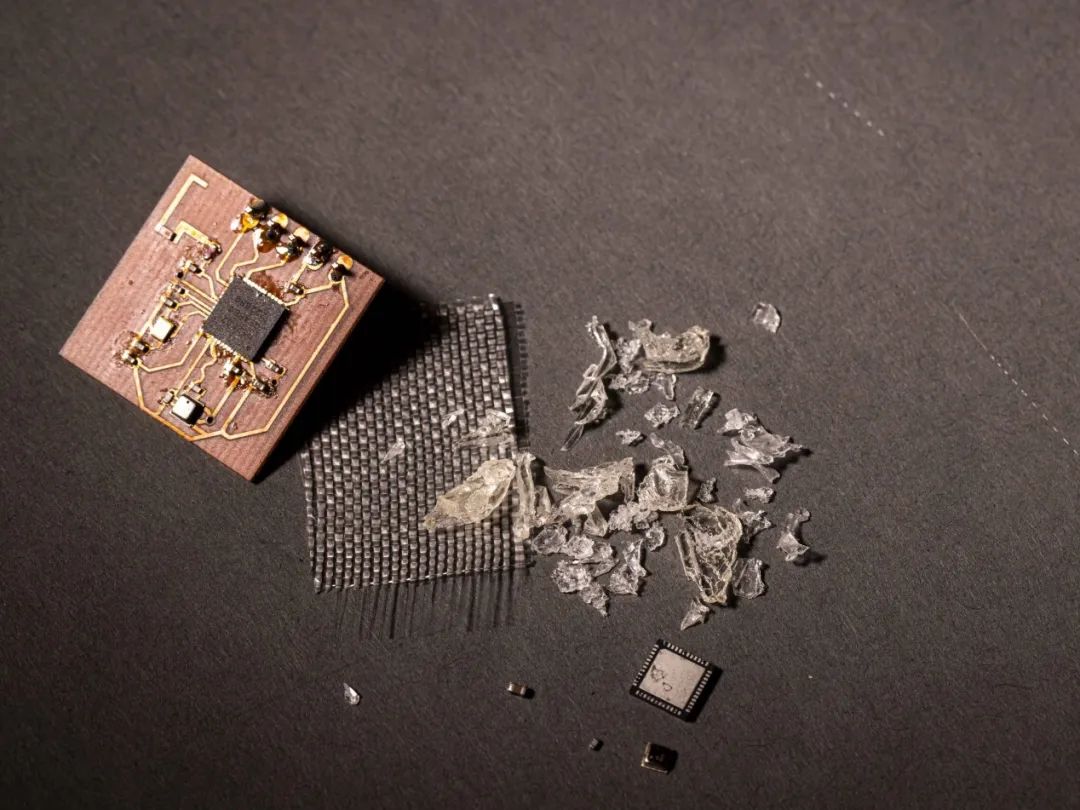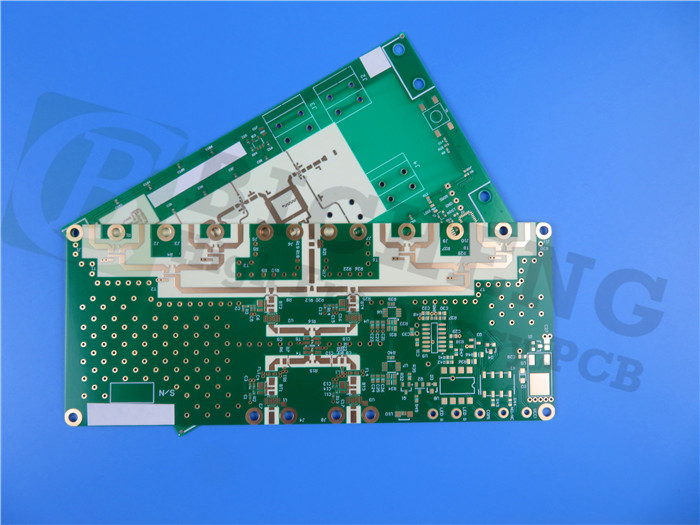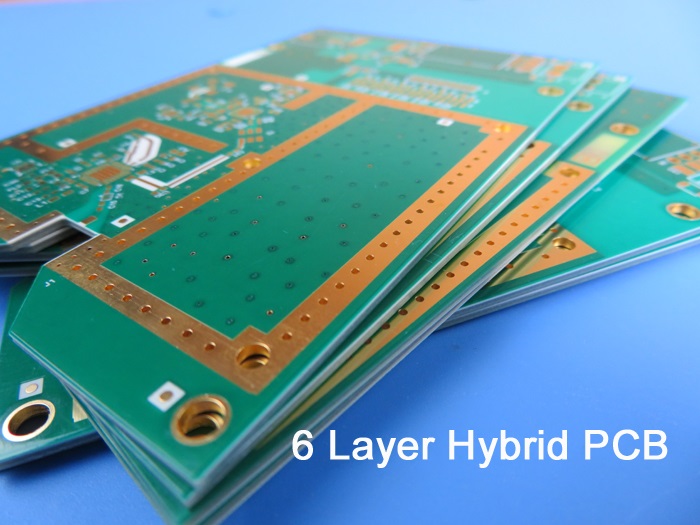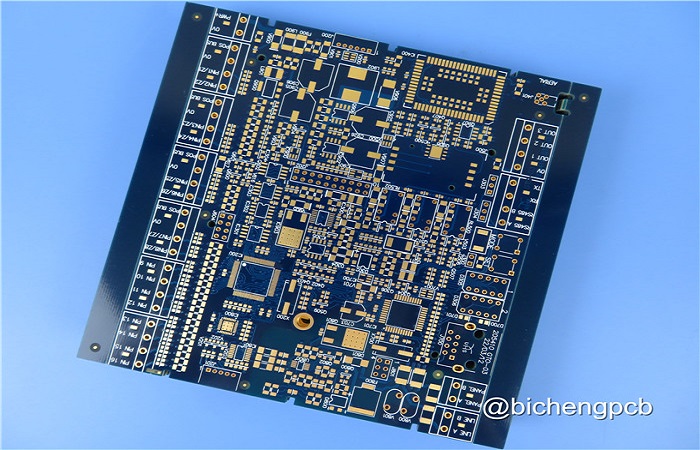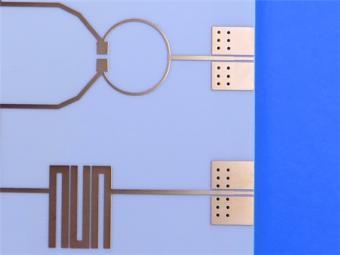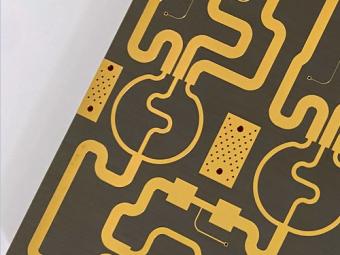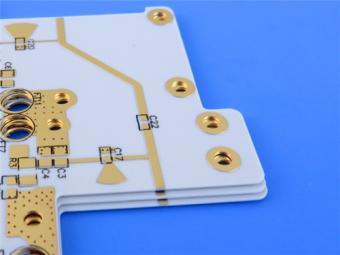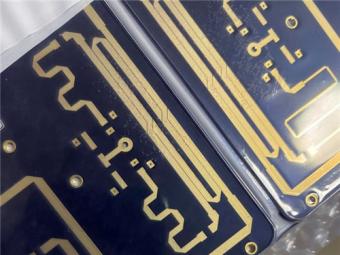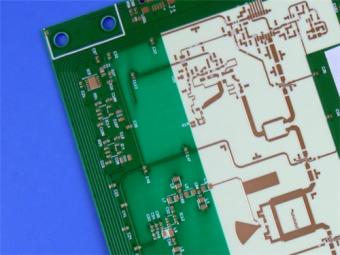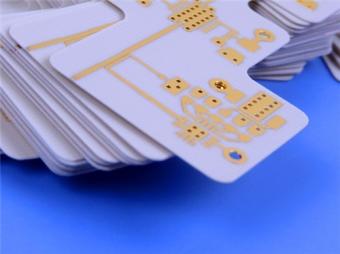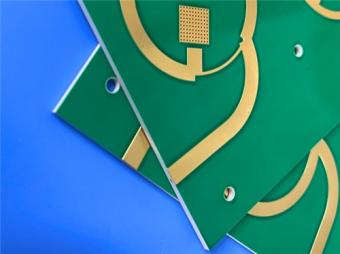Global PCB Industry Shows Resilience Amidst Challenging Times
Global PCB Industry Shows Resilience Amidst Challenging Times Despite the challenges faced by the global PCB industry, the Prismark report reveals promising trends and growth prospects. In 2023, the industry experienced a 15.0% year-on-year decrease in output value in U.S. dollars. However, experts project a steady growth trajectory in the medium to long term. The compound annual growth rate for global PCB output value from 2023 to 2028 is expected to reach 5.4%. Regional Growth and Product Structure: The PCB industry's growth is not limited to a specific region but spans all corners of the globe. Mainland China has emerged as a significant player, with a compound growth rate of 4.1%. Looking at the product structure, packaging substrates, high-multilayer boards with 18 layers and above, and HDI boards are set to experience substantial growth in the next five years. These segments are projected to achieve compound growth rates of 8.8%, 7.8%, and 6.2%, respectively. Driving Factors for Packaging Substrate Products: Packaging substrate products are witnessing increased demand due to two primary factors. Firstly, the technological advancements and expanding application scenarios, such as artificial intelligence, cloud computing, smart driving, and the Internet of Everything, are driving the electronics industry's need for high-end chips and advanced packaging. This sustained growth is particularly notable in high-computing power and integration scenarios. Secondly, the government's increased support for the semiconductor industry, coupled with additional investments, is accelerating the development of the domestic packaging substrate industry. As terminal manufacturers' semiconductor inventories normalize, the global semiconductor market is predicted to grow by 13.1% in 2024, according to the World Semiconductor Trade Statistics Organization (WSTS). Growth Drivers for PCB Products: PCB products are propelled by the demand from various markets, including servers and data storage, communications, new energy and smart driving, and consumer electronics. The rapid evolution of artificial intelligence and the increasing need for high computing power and high-speed networks in the ICT industry are fueling the demand for large-size, high-level, high-frequency, high-speed, high-end HDI, and high-heat dissipation PCB products. The application of AI in mobile phones, PCs, smart wearables, IoT, and other products is driving the explosive growth of edge computing capabilities and high-speed data exchange. Consequently, terminal electronic equipment requires high-frequency, high-speed, integrated, miniaturized, light and thin, and high heat dissipation PCB products. Introducing the Hybrid PCB RO4003C High Tg FR-4 6-layer 2.24mm: To meet the growing demand for high-frequency applications,Bichengpresents the Hybrid PCB RO4003C High Tg FR-4 6-layer 2.24mm. This innovative product combines Tg170 FR-4 and 20mil RO4003C m...

 Call Us Now !
Tel : +86 755 27374946
Call Us Now !
Tel : +86 755 27374946
 Order Online Now !
Email : info@bichengpcb.com
Order Online Now !
Email : info@bichengpcb.com



